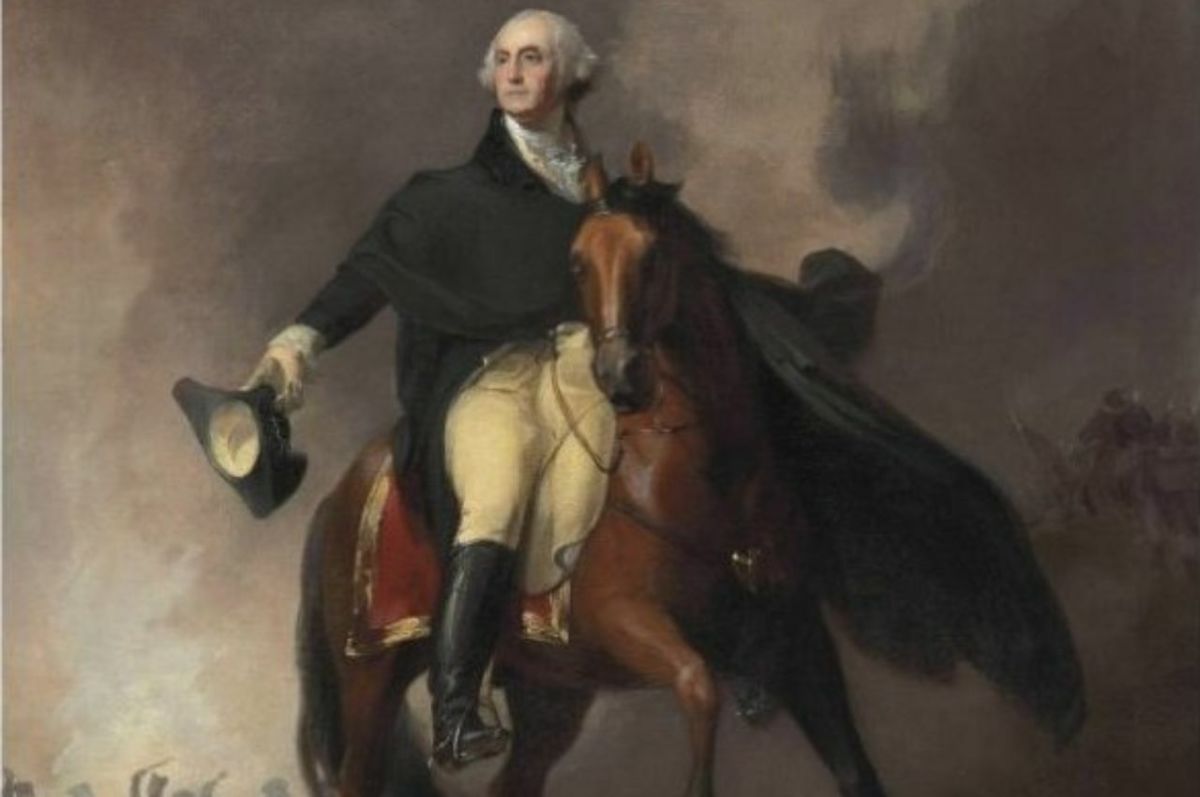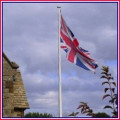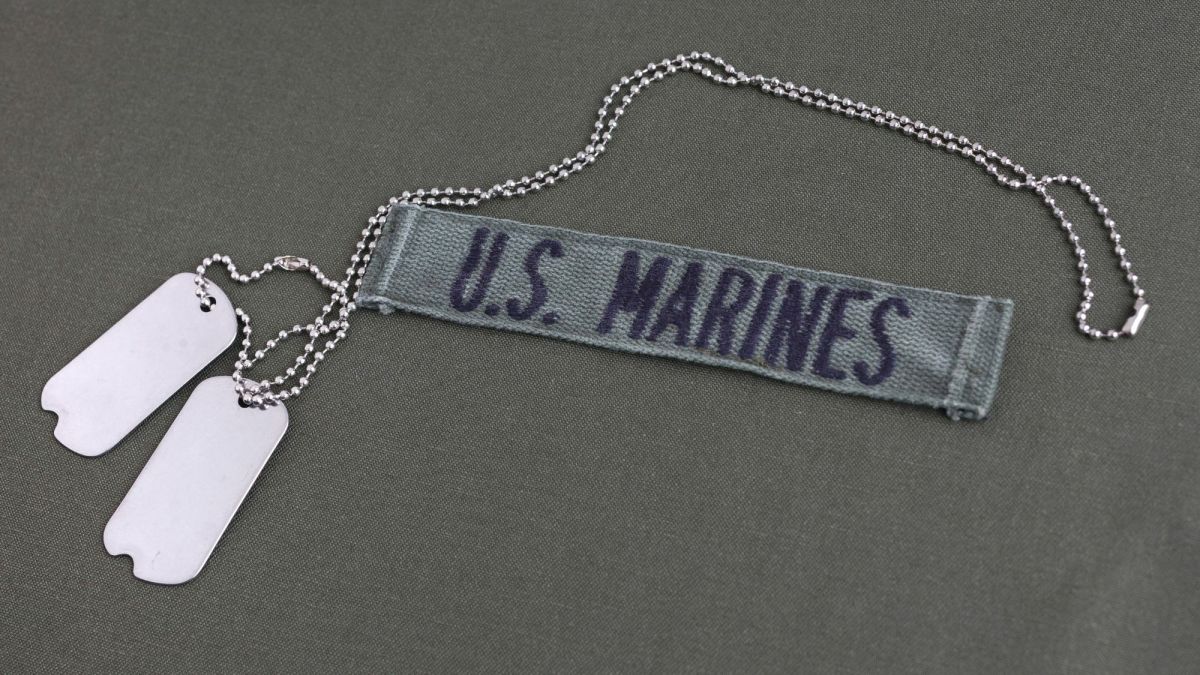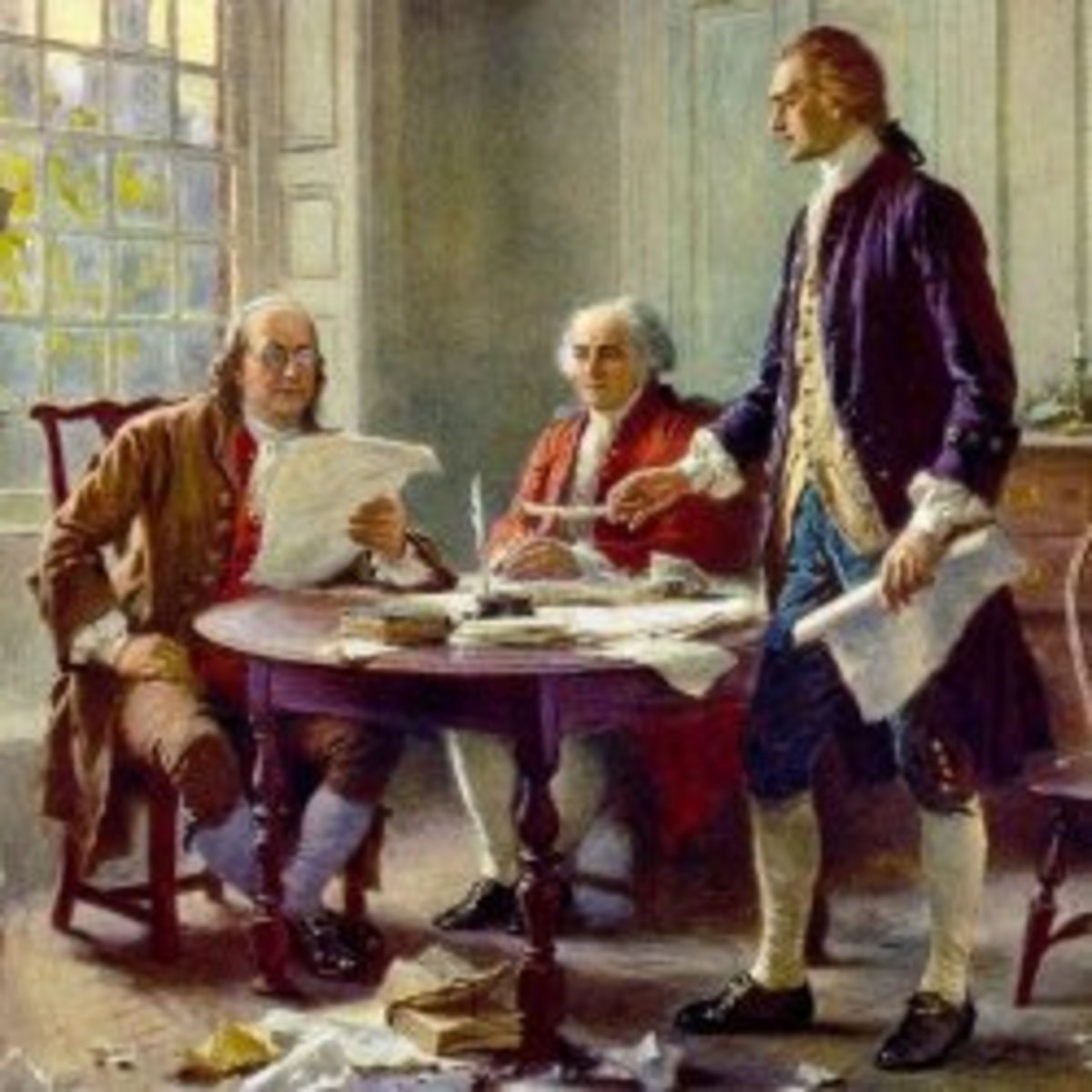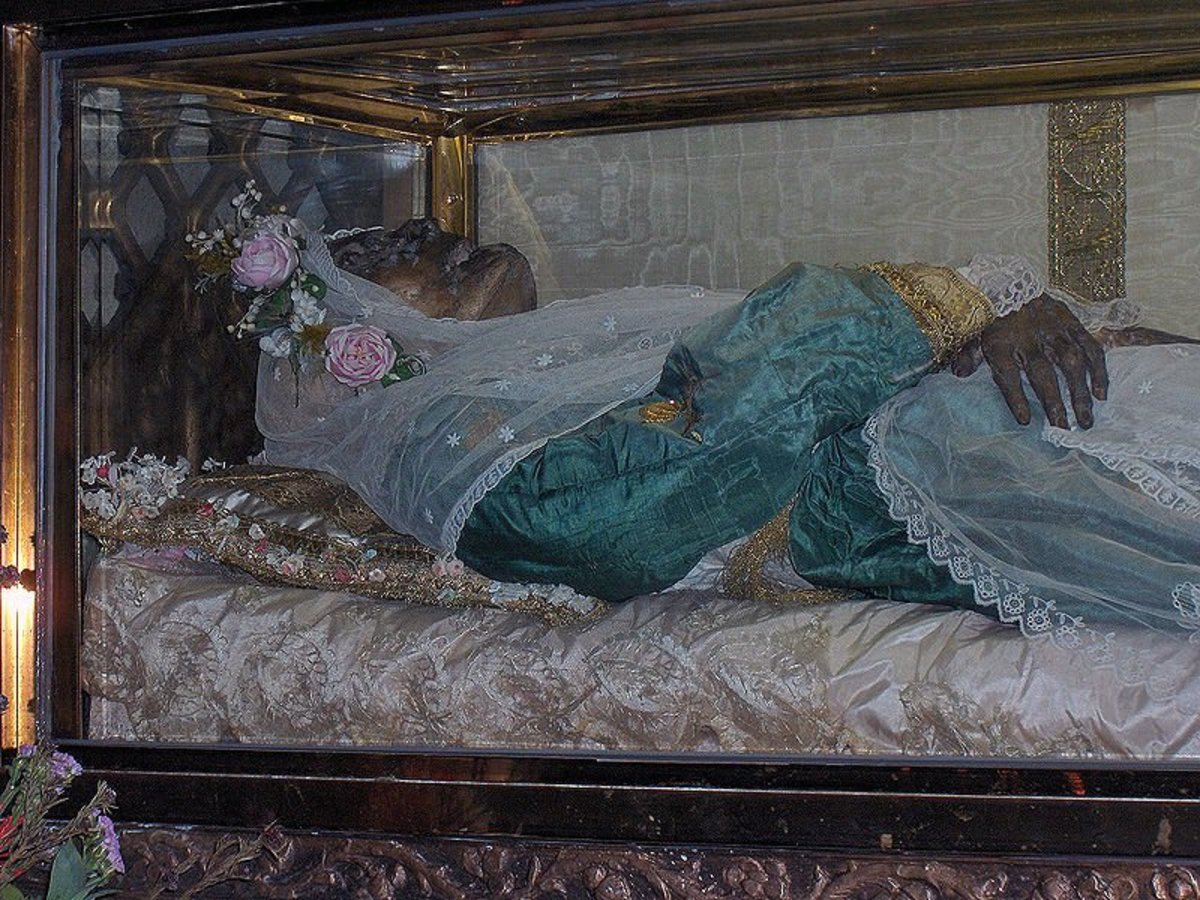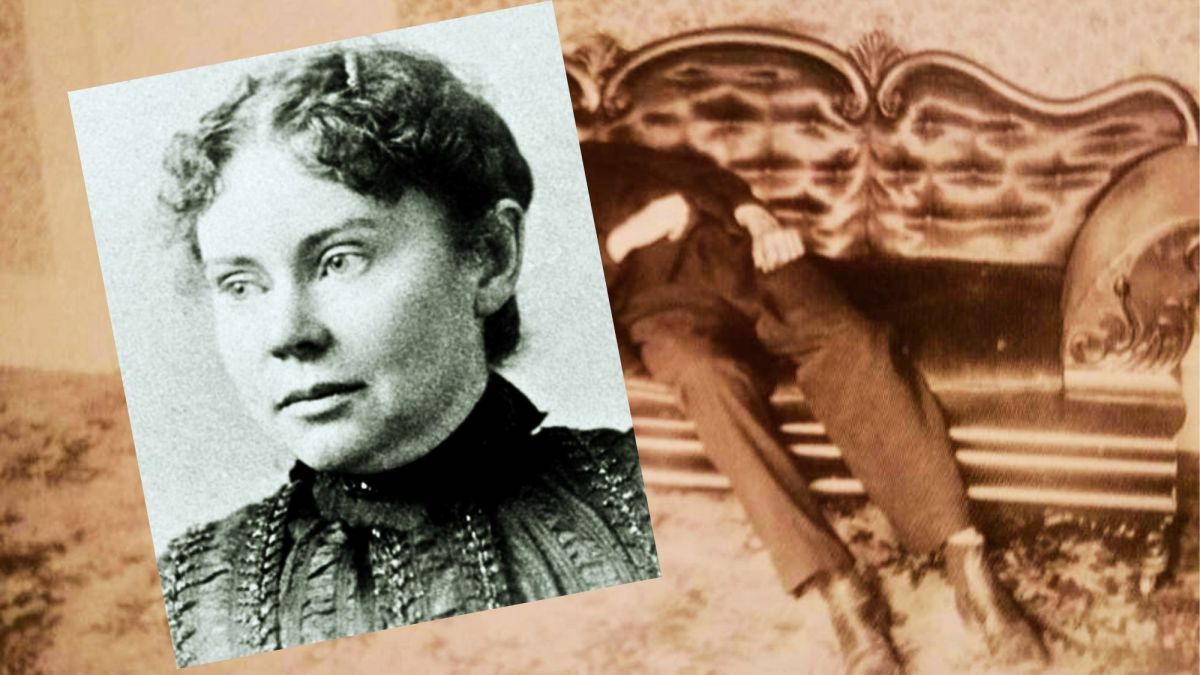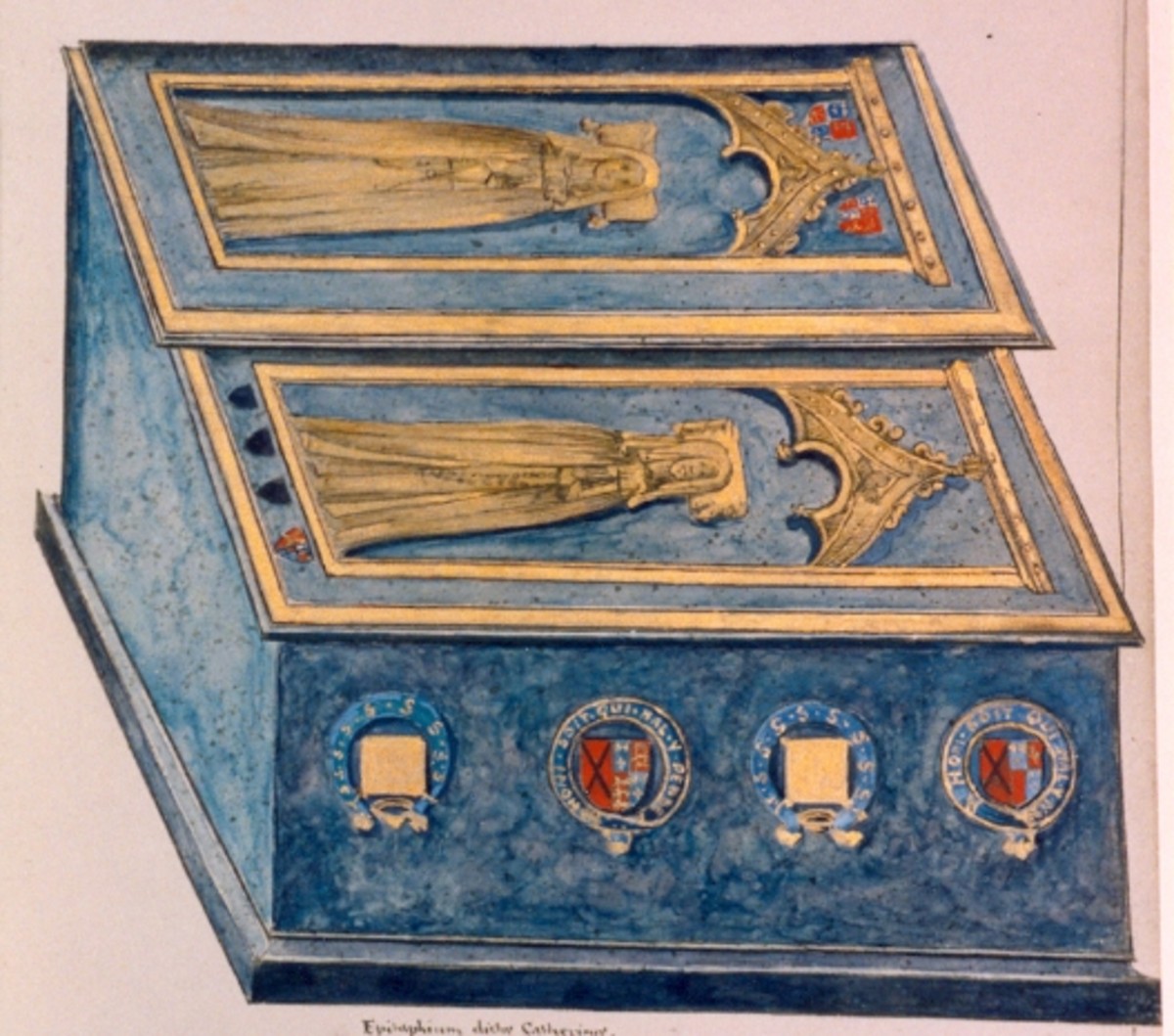Grand Union Flag
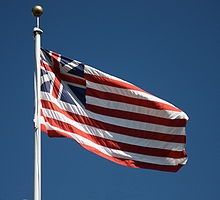
The Grand Union Flag
What was the first flag of the U.S.? It was the Grand Union Flag, also known as the Congress Flag, the First Navy Ensign, the Cambridge Flag, and the Continental Colors, is considered to be the first national flag of the United States. This flag consisted of 13 red and white stripes with the British Union Flag of the time (prior to the inclusion of the St. Patrick's Cross of Ireland) in the canton.
Public domain photo courtesy Wikipedia
Public domain photo courtesy Wikipedia
Flag Poll
Do you like the Grand Union design?
Flag History and Background
The flag was first flown on December 2, 1775 by John Paul Jones (then a Continental Navy lieutenant on the ship Alfred in Philadelphia). The Alfred flag has been credited to Margaret Manny. It was used by the American Continental forces as a naval ensign and garrison flag in 1776 and early 1777. It is widely believed that the flag was raised by George Washington's army on New Year's Day 1776 at Prospect Hill in Charlestown (now part of Somerville), near his headquarters at Cambridge, Massachusetts, and that the flag was interpreted by British observers as a sign of surrender. Recent scholarship disputes this traditional account, concluding that the flag raised at Prospect Hill was most likely a British union flag.
The design of the Grand Union flag is similar to the flag of the British East India Company (BEIC). Indeed, certain BEIC designs in use since 1707 (when the canton was changed from the flag of England to that of Great Britain) were identical, as the number of stripes varied from 9 to 15. That BEIC flags were potentially well known by the American colonists has been the basis of a theory of the origin of the Grand Union flag's design.
The Flag Act of 1777 authorized as the official national flag a design similar to that of the Grand Union, with thirteen stars (representing the original thirteen U.S. states) on a field of blue replacing the British Union flag in the canton. The overlap of crosses in the canton was symbolic of two kingdoms, England and Scotland; this practice of displaying the equal components called states in America, was adopted in the form of stars, suggesting universalism, aside from the rather limiting usage to be had from continually adding crosses, no crosses being distinctly representative per colony-cum-commonwealth/state (unlike St. George for England, St. Andrew for Scotland and, later St. Patrick for Ireland).
Today the Grand Union flag is often included as the "first flag" in displays of U.S. flag history, such as on the backdrop of Presidential inaugurations.
Grand Union Outdoor Flag
Grand Union Historical Flags are specially treated to resist sun and chemical deterioration. America's choice flags are finished with a strong, durable snow-white header and brass grommets.
U. S. A. Flag Links
- U.S.A. Flag.org Info
Find answers to common and uncommon questions about the United States Flag and its evolution. Information on Flag etiquette and the U.S. Flag Code. Patriotic poems, hymns, and essays. - Flag Picture Gallery
Betsy Ross sewed the first American flag. Betsy Ross House. Betsy Ross, George Washington and the flag. Betsy Ross's life. Cut a 5-pointed star in one snip. Flag facts. - United States of America
This page is part of FOTW Flags Of The World website.
Flag Raising at Prospect Hill
Credits
Photo and image courtesy U. S. Government public domain.
This content is accurate and true to the best of the author’s knowledge and is not meant to substitute for formal and individualized advice from a qualified professional.
© 2009 Twmarsh

